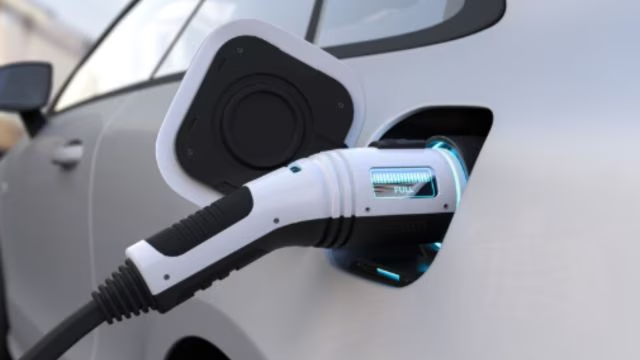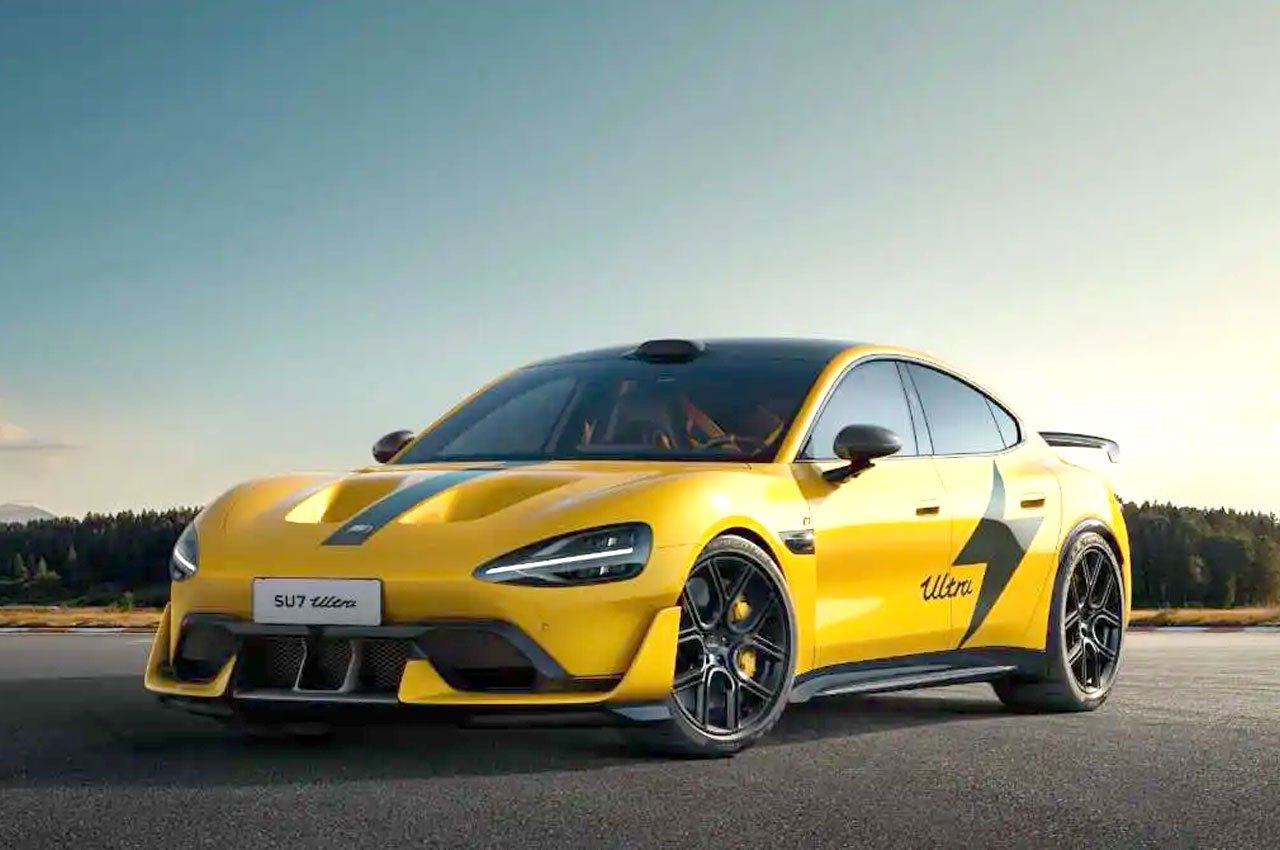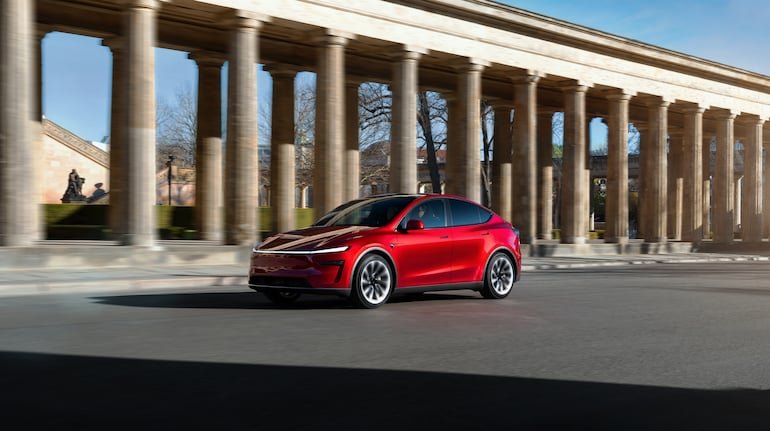India races ahead in electric mobility: EV factories scaling up as the nation eyes fourth place in global electric car production by 2030.
India is gearing up for a transformative leap in its electric vehicle (EV) sector, with a recent report by the Rhodium Group projecting the country to emerge as the fourth largest electric car maker by 2030. This significant shift in global auto manufacturing dynamics positions India just behind China, Europe, and the United States in terms of EV production capacity. It also reflects the country’s evolving industrial ambition to lead the clean energy transition while responding to the growing pressure of global climate goals.
According to the analysis, India’s annual electric car production capacity is expected to surge from the current 200,000 units to an estimated 2.5 million by 2030. However, this rapid capacity expansion may outpace domestic demand. Forecasts suggest that India’s annual EV sales by 2030 could range between 400,000 and 1.4 million, leaving a significant gap between what the nation produces and what it can consume. This gap underscores the dual challenge India faces: ramping up production while stimulating domestic adoption of electric vehicles.
At the heart of this growth is a strong policy push from the Indian government. With a stated goal of achieving 30 percent electric vehicle penetration in new car sales by the end of the decade, India has been actively promoting electric mobility through a mix of fiscal incentives, subsidies, PLI schemes for battery manufacturing, and import duty concessions tied to local production. This framework has triggered a wave of investment from both legacy automakers like Tata Motors, Mahindra & Mahindra, Hyundai, and Maruti Suzuki, as well as newer entrants like JSW and Ola Electric, all looking to capitalize on the rapidly expanding EV market.
However, the road ahead is far from smooth. A critical concern raised by the Rhodium Group report is India’s continued dependence on Chinese imports for key EV components such as batteries, rare earth magnets, and electronic controllers. China’s recent restrictions on rare earth exports have exposed vulnerabilities in India’s supply chain, highlighting the need for localized alternatives. Although India holds some domestic reserves of rare earths, it lacks the refining and manufacturing infrastructure to process these into usable materials at scale. The government has begun efforts to develop this capability, but industry experts caution that it will take years before India can achieve true self-reliance in this segment.
Despite these constraints, India’s position as an emerging global EV manufacturing hub opens up major export opportunities. Countries in Africa, Southeast Asia, and West Asia are increasingly seeking affordable electric cars, and Indian-made EVs could fill that gap. If export logistics and international market access are managed effectively, India’s excess capacity could be channelled towards global demand. This would not only help balance the supply-demand equation but also strengthen India’s economic footprint in clean energy markets.
Another key point the Rhodium report emphasizes is that India is poised to become the fourth largest manufacturer of battery modules outside of China, the US, and Europe. This positioning will enhance India’s leverage in the clean technology supply chain and give it a crucial role in the global shift toward electric mobility. But to retain that edge, India will need to accelerate infrastructure development, improve cost efficiencies, and enhance the performance of its electric cars to meet international standards.
The challenge of overcapacity also presents a risk if not managed wisely. Without significant domestic uptake, large-scale EV factories may be forced to operate below optimal levels, leading to financial strain on investors and potentially wasted industrial infrastructure. This makes it imperative for the government to continue investing in charging infrastructure, incentivizing fleet conversions, and promoting public awareness to build a more robust internal market.
India’s rise to become the fourth largest electric car maker by 2030 is not just a manufacturing milestone – it is a test of the country’s ability to balance ambition with execution. The foundation is being laid with unprecedented speed, but how India aligns its policies, infrastructure, and industrial ecosystems in the coming years will determine whether this bold projection translates into a sustainable and global EV success story.




